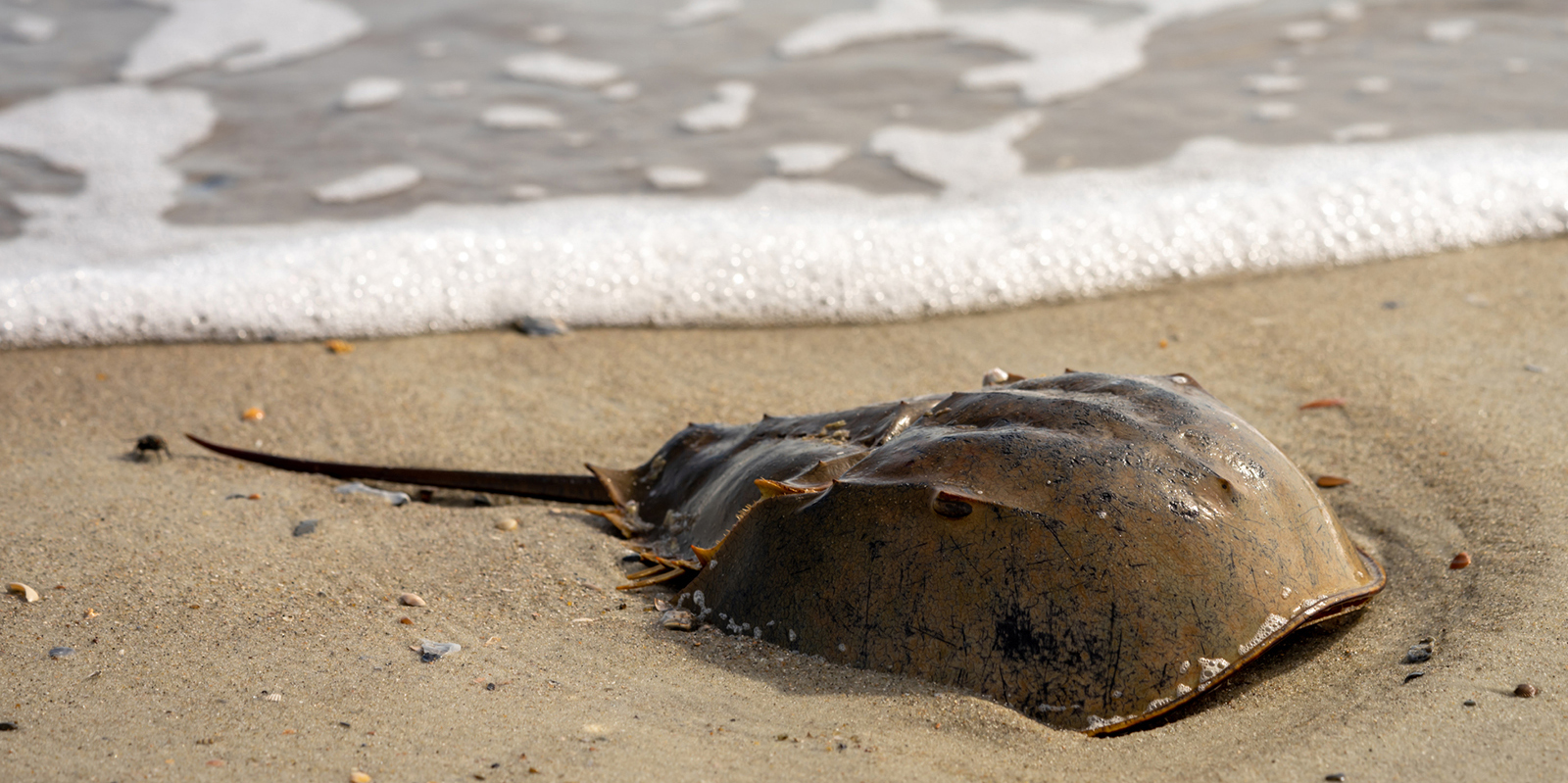Tiny Toxic Organisms Cause Problems in Narragansett Bay, Close Shellfisheries
Researchers still trying to understand what triggers harmful algal blooms
May 13, 2021
Scientists at the University of Rhode Island’s Graduate School of Oceanography are learning more about a microscopic organism that, despite its tiny size, can have a major impact, closing shellfisheries and making people sick.
Three URI researchers presented their findings on harmful algae during a recent webinar. Much of their work has focused on a species of the diatom, Pseudo-nitzschia, which produces the toxin domoic acid, the source of amnesic shellfish poisoning. Part of the Coastal State Discussion Series, the presentation was sponsored by URI and Rhode Island Sea Grant.
First documented in Prince Edward Island, Canada, in 1987, domoic acid is a neurotoxin that accumulates in shellfish, causing amnesic shellfish poisoning in people who eat them. Symptoms vary from gastrointestinal distress to short-term memory loss, and even death.
The same toxin has caused problems in Rhode Island, prompting extensive shellfish closures in Narragansett Bay in 2016 and 2017.
The cause of harmful algal blooms is unknown, and researchers are trying to pinpoint the factors that trigger algae to produce toxins so the blooms can be predicted.
URI microbial ecologist Bethany Jenkins and Ph.D. candidate Alexa Sterling are studying Pseudo-nitzschia species and the possible causes of domoic acid production. Colleen Mouw of the Graduate School of Oceanography is using advanced technology to identify and monitor phytoplankton species and developing harmful algal blooms in Narragansett Bay.
Not surprisingly, one of the challenges in trying to understand Pseudo-nitzschia is its microscopic size.
“One of the reasons it has this funny name is it’s a hard diatom to distinguish from its cousins, using the microscope,” Jenkins said.
Jenkins noted that domoic acid molecules are small, even when compared to other algal toxins. Another quirk is that the organism doesn’t always produce toxins.
“What makes it particularly tricky to study is that different species of Pseudo-nitzschia vary in their toxin production,” she said. “Some are very high toxin producers, others are considered low-tox or undetectable toxin producers. The other tricky thing is, the toxin producers don’t always make toxins.”
The factors that trigger Pseudo-nitzschia to produce toxins are difficult to predict. Nutrients, water salinity, temperature, pH, and even other organisms such as bacteria can cause the diatom to produce domoic acid.
Armed with 50 years of data collected from one of the longest-running plankton counts in the world, URI researchers know that Pseudo-nitzschia is not new to Narragansett Bay and that it hasn’t always produced toxins.
“We can go with this data and start looking and maybe trying to predict temporal patterns in toxin production in Pseudo-nitzschia species that might be problematic and then we can start looking at ecological drivers,” Jenkins said.
Sterling is a member of a research team that has been taking weekly samples at several sites on Narragansett Bay since 2017. She has identified 19 Pseudo-nitzschia species and is looking for patterns in population abundance and distribution.
One species, Pseudo-nitzschia australis, was identified as the culprit in the Prince Edward Island event. It was present in almost every sample taken in Narragansett Bay in 2017 but was much less abundant in the following years.
“From the 2017 closure with toxic shellfish meat, which did not extend north, Pseudo-nitzschia australis was found in almost every sample,” Sterling said. “Overall, Pseudo-nitzschia australis is a worrisome new species for Rhode Island and the region.”
Sterling’s samples also showed that Pseudo-nitzschia counts — and domoic acid production — rose in the summer and fall, but toxin levels were still far below concentrations that would trigger a precautionary shellfishing closure.
Using a method known as principal component analysis, Sterling attempted to determine which environmental factors triggered domoic acid production.
Water temperature didn’t appear to influence toxin production, but Sterling said there is an unexpected relationship between toxin production and nitrates. Toxin production appears to increase when nitrate levels are lower.
“We found a correlation between the two-year data set with increased cell- associated toxin and decreased nitrates,” she said.
Mouw, lead investigator at URI’s Mouw Aquatic Optics & Remote Sensing Lab, uses an instrument called an imaging flow cytobot to capture images of phytoplankton species that are otherwise too small to be observed. Standing in front of a screen filled with black and white images of different plankton species, Mouw noted that the cytobot was able to render the images in minute detail.
“There’s all kinds of different measures, about 250 different features for every single cell that’s imaged, related to their morphology and the different coloration of the cells,” Mouw said.
During a notable Pseudo-nitzschia bloom in May and June 2019, researchers from Mouw’s laboratory looked at environmental factors in Narragansett Bay that might have precipitated the event. While they were able to link some environmental conditions to the bloom, the triggers remain largely unknown.
“Temperature was important to size and thickness when that species was blooming, but regularity was not impacted by these environmental parameters,” Mouw said.
Images of plankton, as well as data from samples taken at the GSO dock, can be viewed on the Mouw Aquatic Optics & Remote Sensing Lab website.



